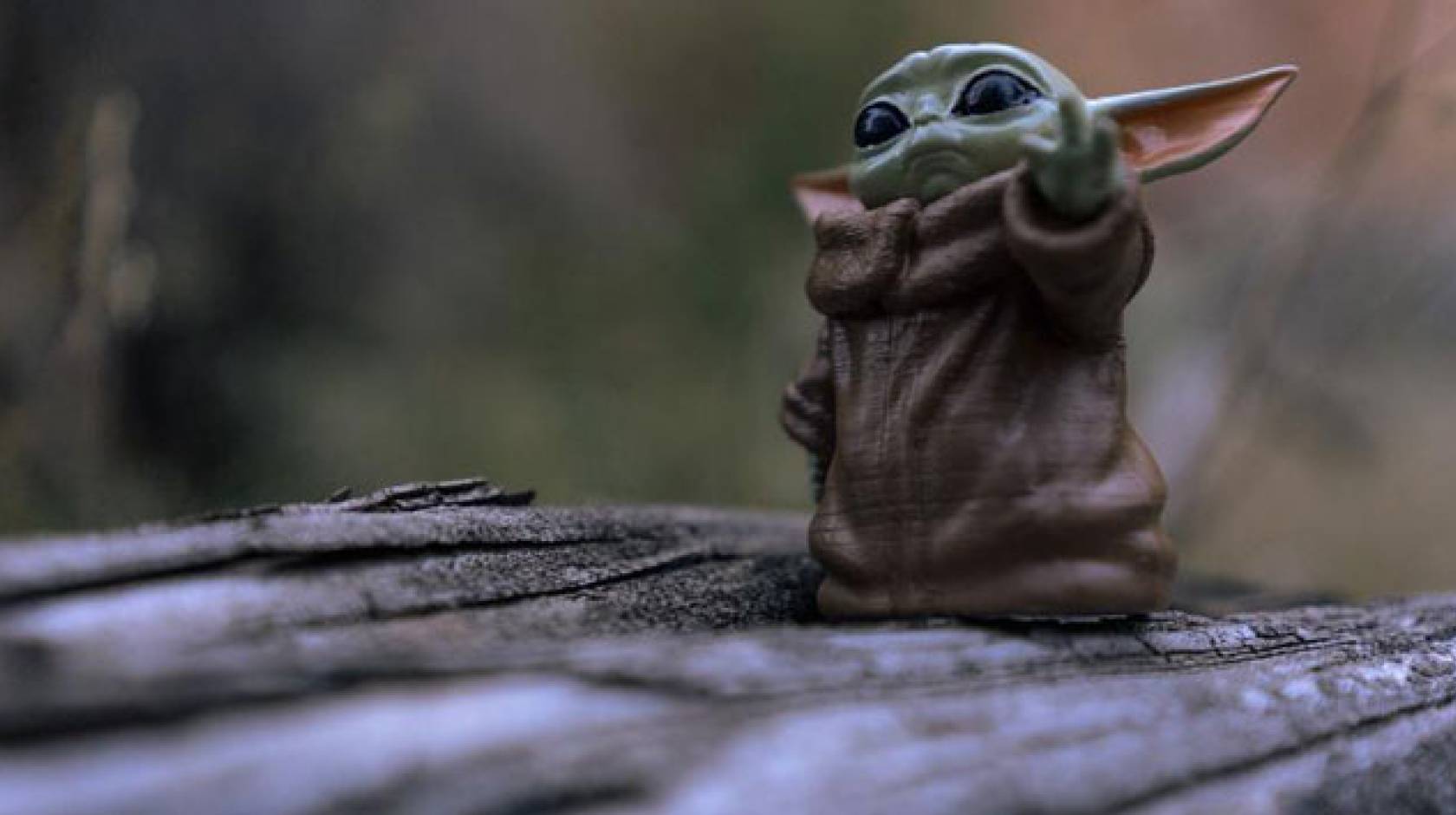J.D. Warren, UC Riverside

With the second season of the hit Disney+ program “The Mandalorian” set to premier on Friday, October 30, the question of why Baby Yoda's fans want to squeeze him to the point of smothering him can be addressed at last.
Katherine Stavropoulos, a UC Riverside professor and expert on “cute aggression,” is a leader on research behind peoples' response to the Baby Yoda character. Cute aggression is the urge to squeeze, pinch, smother, or bite very cute things, including puppies, human babies, and Baby Yodas. Stavropoulos has used neuroscience to explore how this unique care-taking response is triggered, and how the “aggression” aspect is mediated by the brain.
“Basically, Baby Yoda has all the features that we consider prototypically ‘cute’ — huge eyes, small nose, big head,” Stavropoulos said. “We are evolutionarily programmed to find things like Baby Yoda ‘cute’ and to feel strong feelings towards them.”
In a 2018 study, Stavropoulos used her backgrounds in neuroscience and clinical psychology to explore the neural component of cute aggression, a phenomenon first identified in a 2015 Yale University study. She found both the brain's reward and emotion systems were engaged by cute babies and animals. She also found that how cute something is and how much aggression one experiences can be tied to how overwhelmed that person is feeling.
“For people who tend to experience the feeling of ‘not being able to take how cute something is,’ cute aggression happens. Our study seems to underscore that cute aggression is the brain's way of ‘bringing us back down’ by mediating our feelings of being overwhelmed,” Stavropoulos said. It's a sort of evolutionary process, designed — for example — to help a mother stop being overwhelmed by her baby's cuteness so she's not incapacitated, and can take care of the baby.
Here is a link to a story about Stavropoulos' research. To reach Stavropoulos, email her at katherine.stavropoulos@ucr.edu.

